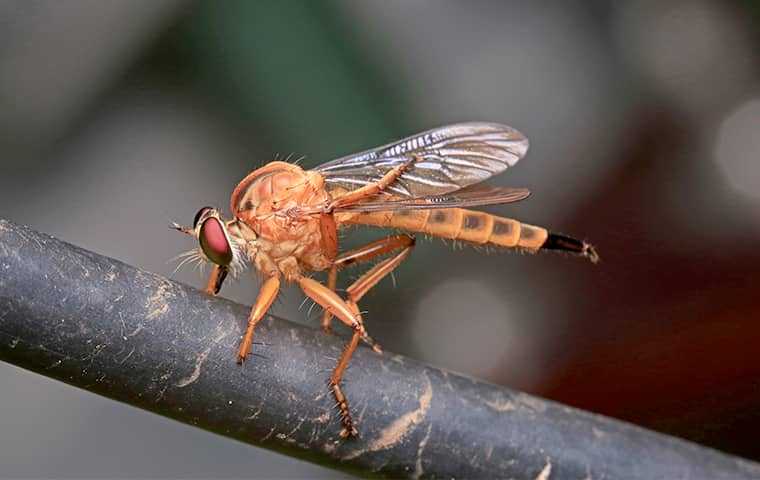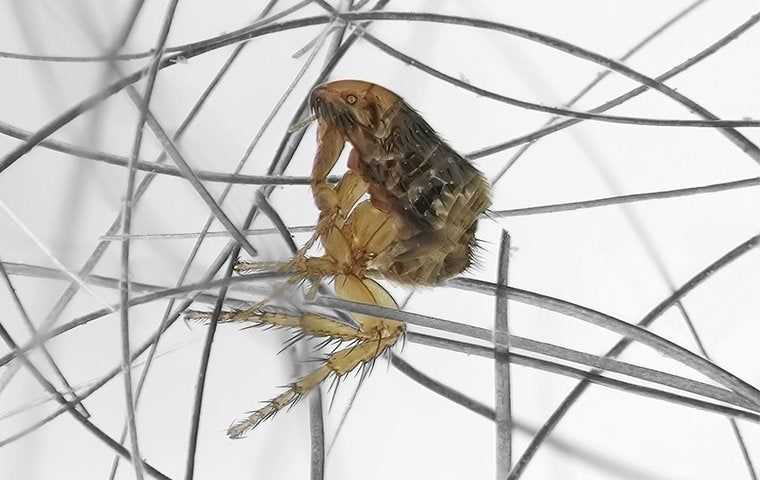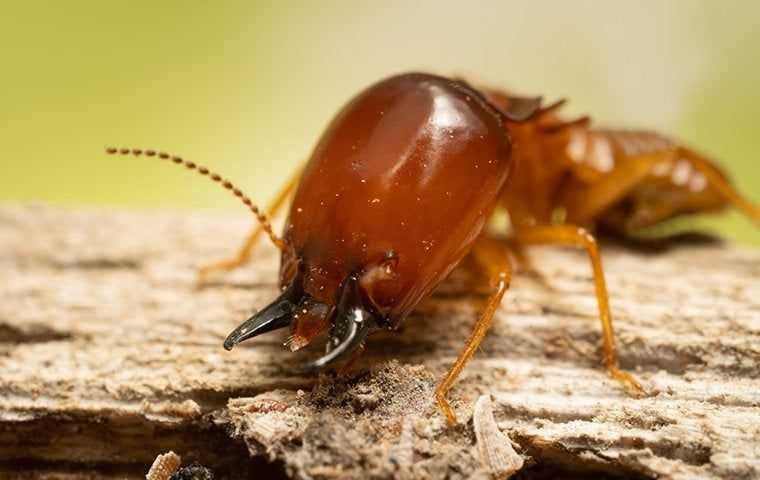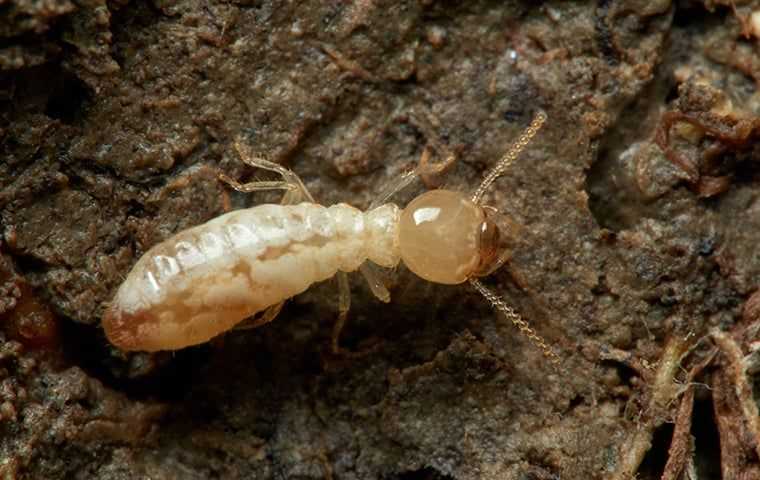What do phorid-humpbacked flies look like?
Latin name: Family Phoridae
Length: Very small — 0.5 to 5.5 mm. To the naked eye, phorid flies resemble common fruit flies in appearance.
Color: Most are black or dull brown, but some are yellowish in color.
Thorax: The arched thorax of the adult gives them a humpbacked appearance. It is for this reason that phorid flies are often called “humpbacked flies.”

How did I get phorid flies?
Decaying plants and animals attract phorid humpbacked flies. However, unlike the common fruit fly, these insects are more apt to spread throughout a home rather than staying near their food source.
How serious are phorid flies?
These insects feed on rotting food, so they also spread bacteria and disease. In addition, a phorid humpbacked fly infestation may indicate the presence of a dead animal inside a wall or crawl space or a plumbing leak located under the home’s slab.
Costly Repairs
Phorid humpbacked flies breed and develop deep within plumbing, which makes them hard to remove from a home without help. Not only will they potentially infect food and food surfaces with disease microorganisms, but resolving a phorid fly problem may require expensive repairs if they are developing from a plumbing leak.
What are the signs of a phorid fly infestation?
The most apparent sign of phorid flies is the adult flies. They often are observed buzzing around rooms and scurrying across counters or other surfaces.
How do I get rid of phorid flies?
These pests display characteristically short and erratic flight. Adults have a peculiar habit of rapidly running across windows, TV screens, tables, walls, and plant foliage. They are frequently mistaken for “gnats.”
These flies are difficult for homeowners to completely control with any pesticides and often rarely works as the only solution. The situation has to be assessed and the source of the infestation determined (is the source a clogged drain, broken pipe or sewer line?). In many cases the floor must be removed and the pipe repaired. The soil around the break must also be removed.
Another home pest control solution to this problem is to first physically clean the drains — remove as much of the organic material as possible and then use a biological drain cleaner on a regular basis (every two weeks).
What do phorid flies eat?
Some foods that phorid flies eat includes:
- Moist organic material that gathers in drains or other plumbing
- Decomposing flour on the floor and under equipment in bakeries and kitchens
- Decomposing vegetables such as potatoes and onions
- Fungi
- Insects
What is the reproduction and life cycle of phorid flies?
Like most flies, the phorid fly undergoes a complete four-phase life cycle including egg, larval, pupal, and adult stages. Depending on species, temperatures, and the hospitality of the environment, these pests spend 11 to 22 or more days to become adults.
Larvae develop in moist areas where organic material and standing water are present. Phorid larvae also develop in animal matter. The entire life cycle lasts 25 days or more, depending on the environmental conditions and the availability of food.
Recent Blog Articles

Are you experiencing a flea infestation? Today, local pest control companies have safe and effective treatment options for these potentially-dangerous pest...
Read More
Learn more about the damage termites can do in your Manhattan home, what attracts them, prevention tips, and how to eliminate them with Allstate Pest Contr...
Read More
Are termites actively eroding a wooden structure on your property? Promptly contact a local pest control professional before further damage occurs.
Read More




